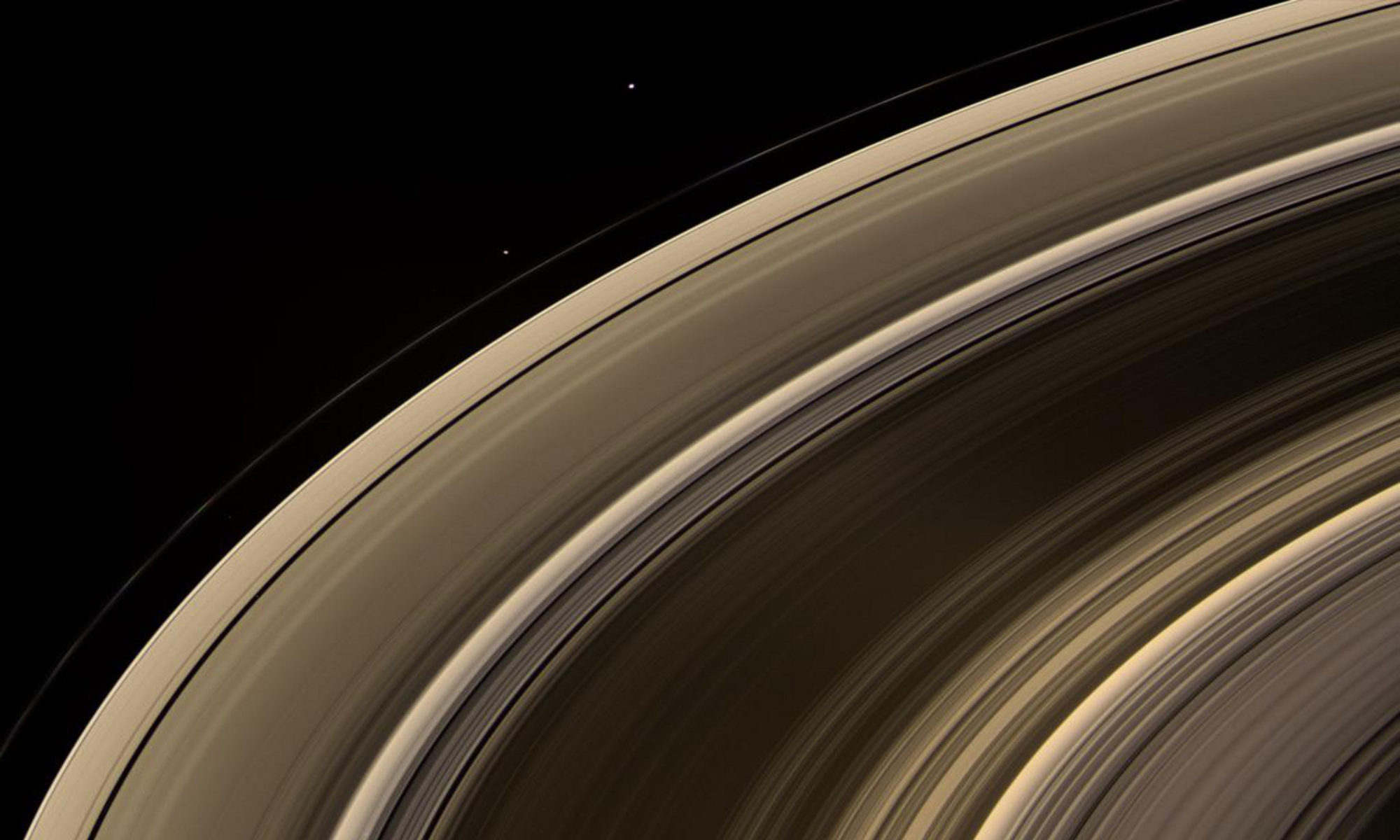When I was just nine years old I can remember watching the Voyager 2 flyby of Neptune. My mom called me downstairs to watch the news, and I saw on our TV the beautiful blue orb of Neptune. I can remember being so excited to see the first close up images of this wonderful world, something that had never occurred before in all of human history. This experience had a profound impact on me as a child; an impact that has lasted a lifetime.
In a delightfully similar fashion, in just a few hours of the time of writing this the NASA New Horizons spacecraft will fly by the dwarf-planet Pluto, giving shape and detail to a world that has captured the imagination of all of humanity since it was discovered in 1930. It gives me great pleasure to know that I can share the same kind of experience I had when I was nine, with my own children now. They will bear witness as Pluto unfolds with all of its beauty.

Until now, Pluto has been a tiny point of light on a photographic plate, or a handful of pixels captured by the most powerful telescopes on Earth. That has all changed over the past few weeks as the New Horizons spacecraft has dramatically approached pluto at an astonishing velocity. This approach will reach its crescendo the morning of July 14th. Later that evening, New Horizons will phone home to let us know if passed safely through the Pluto system. Following that signal, over the next few days, we are no doubt in store for some stunningly beautiful images Pluto and its moons.
Already, New Horizons has sent home progressively more detailed and more beautiful images of Pluto and its moons over the past few weeks. With each passing day, a new exciting discovery has been made, and has been a new opportunity to inspire us all. The latest image of pluto (at the time of writing) shows beautiful variation on the surface, including dark and light regions that will be the subject of study for some time. Pluto in a very real sense, is now a fully fledged world, and dare I say, a Planet!
Stay tuned here, and to my twitter feed @StellarAperture, I will be posting daily over the next week to cover this historic event. I don’t want to miss a minute of it.
If you want to watch the coverage live, NASA will be live broadcasting the coverage tomorrow on NASA TV. For schedules and other info check out the link below:
DON’T FORGET! Set your alarm to wake up & watch live media coverage on @NASA TV at 7:30am EDT. http://t.co/2b2GRvAcIX pic.twitter.com/oIiyKiEkwR
— NASA New Horizons (@NASANewHorizons) July 14, 2015

